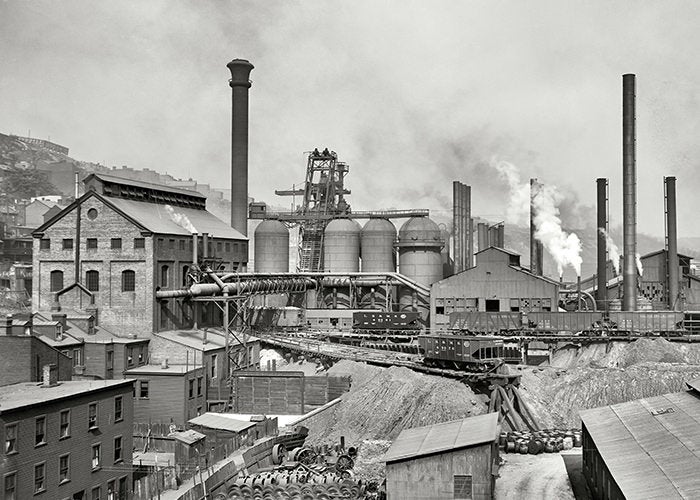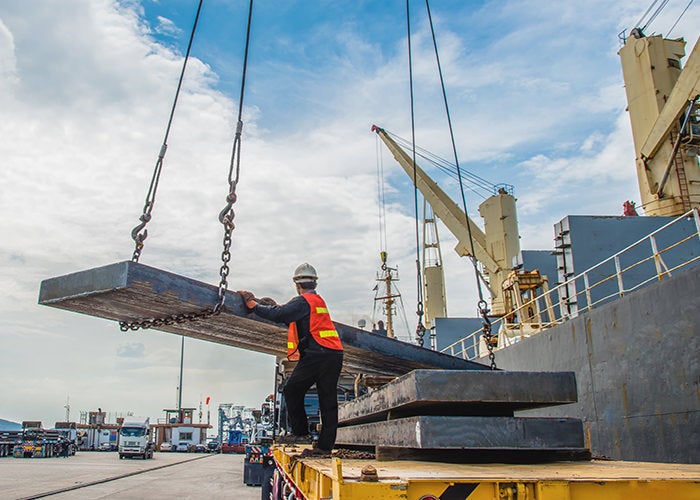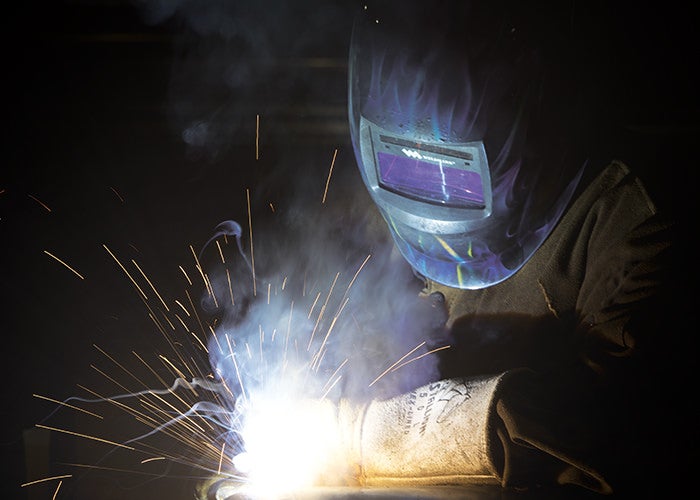Steel has long played an important role in American history, helping strengthen our country’s economy over the years.

Although the world’s first process for mass-producing steel was named after Sir Henry Bessemer of England in 1856, Pittsburgh native William Kelly experimented with the same process around the same time right here in America. The Carnegie Steel Company and others built mills in the late 1800s that used iron ore from the Lake Superior region and coal from Pennsylvania and Ohio. By 1900, America produced more steel than any other country, and at a lower cost. The biggest players in the early American steel industry by the turn of the century were U.S. Steel, which became the country’s first billion-dollar corporation, and Bethlehem Steel.

During World War II, the American steel industry produced vital war materials. The industry’s productivity grew even more after the war, when America poured new energy into growing its cities. America produced more than 50% of the world’s steel in the 1940s and 40% in the 1950s. But as other countries adopted new technologies as they rebuilt their mills, they were able to produce steel more efficiently. China’s steel production soared through the 1980s and beyond with the help of government subsidies, flooding the global economy with steel that was unfairly priced at below-market levels. Manufacturers in America and other countries benefited from this lower-priced steel, but the American steel industry faltered.

In 2018 the U.S. administration placed a 25% tariff on steel imports. Since then, American steel production has grown, imports have declined and steel companies have invested millions in new mills and hiring sprees. The future continues to look bright for domestic steel.